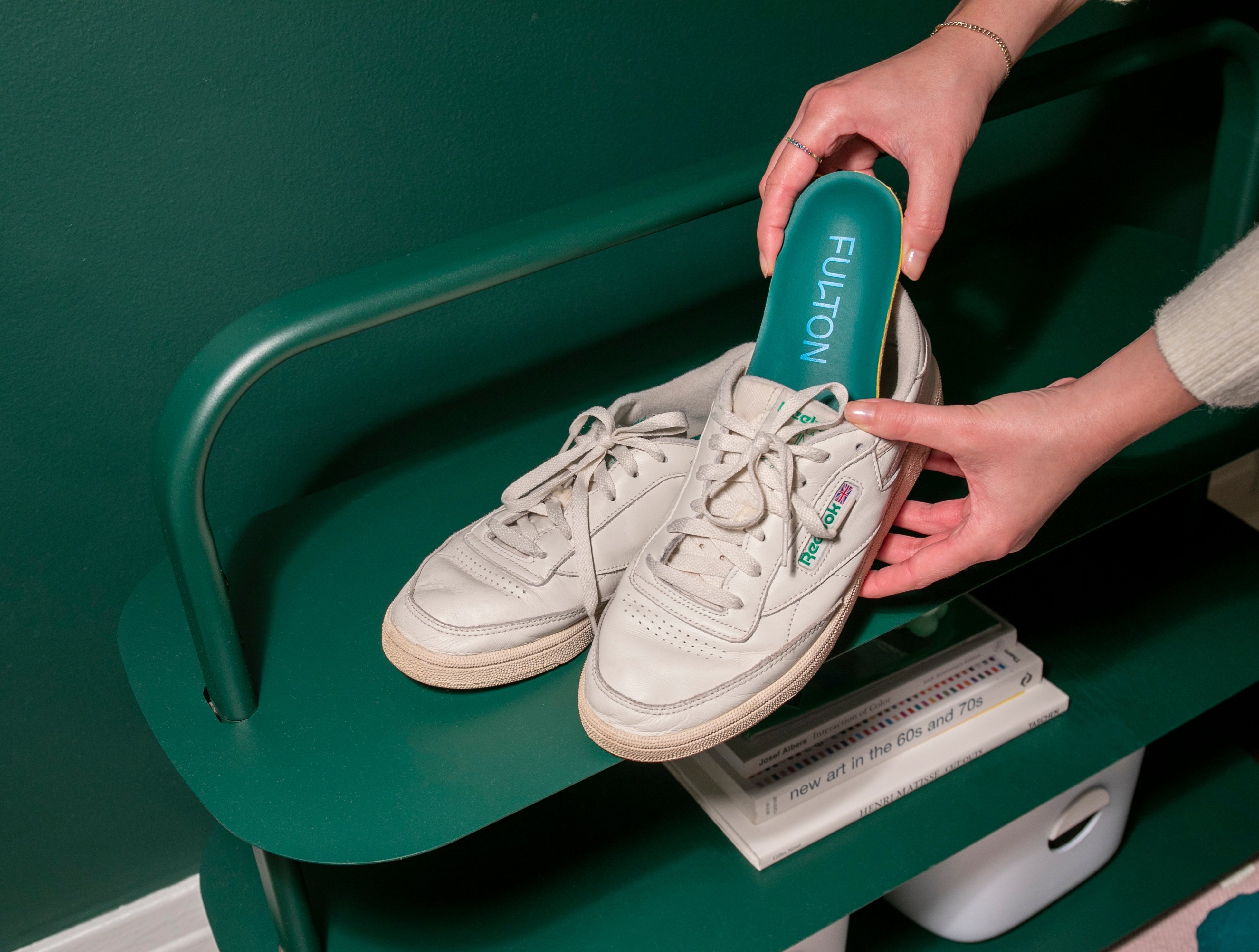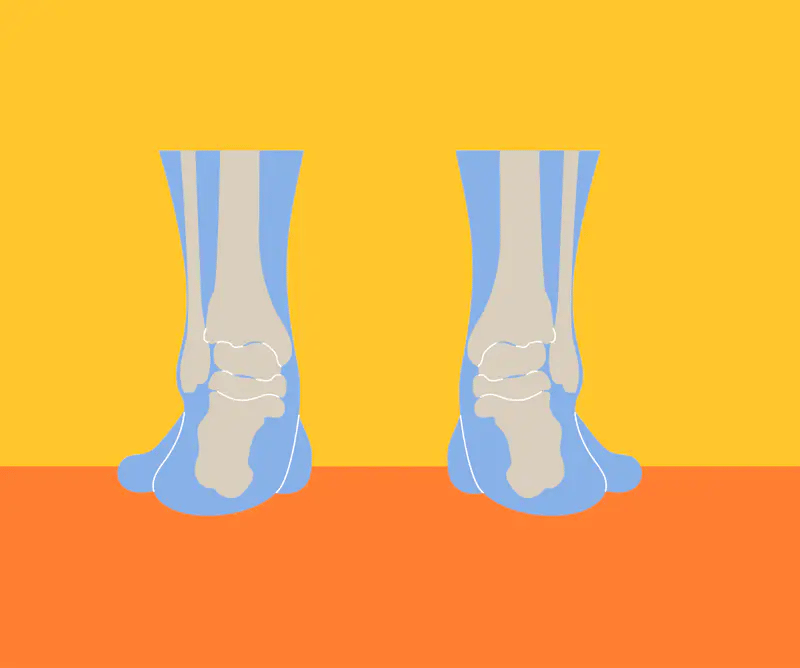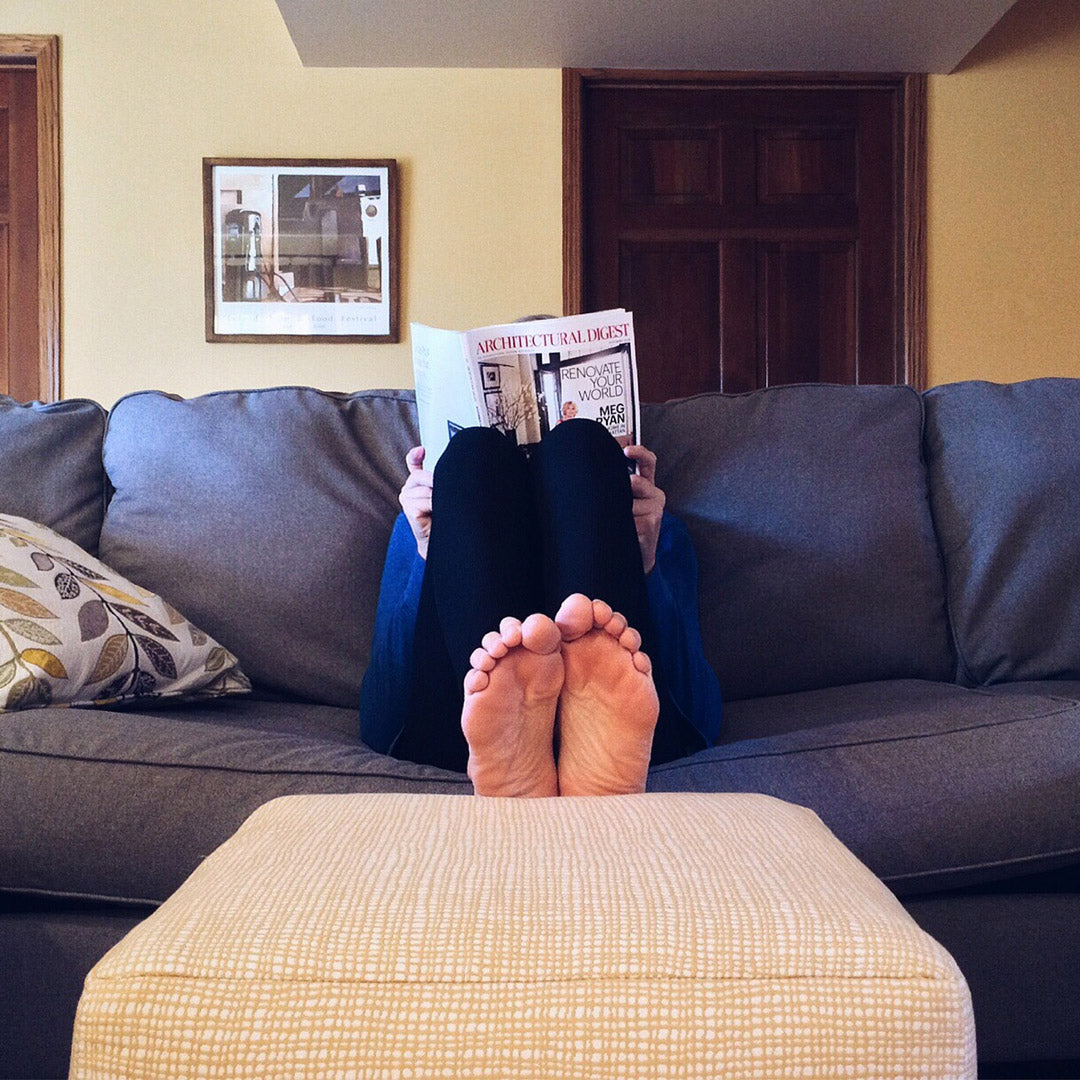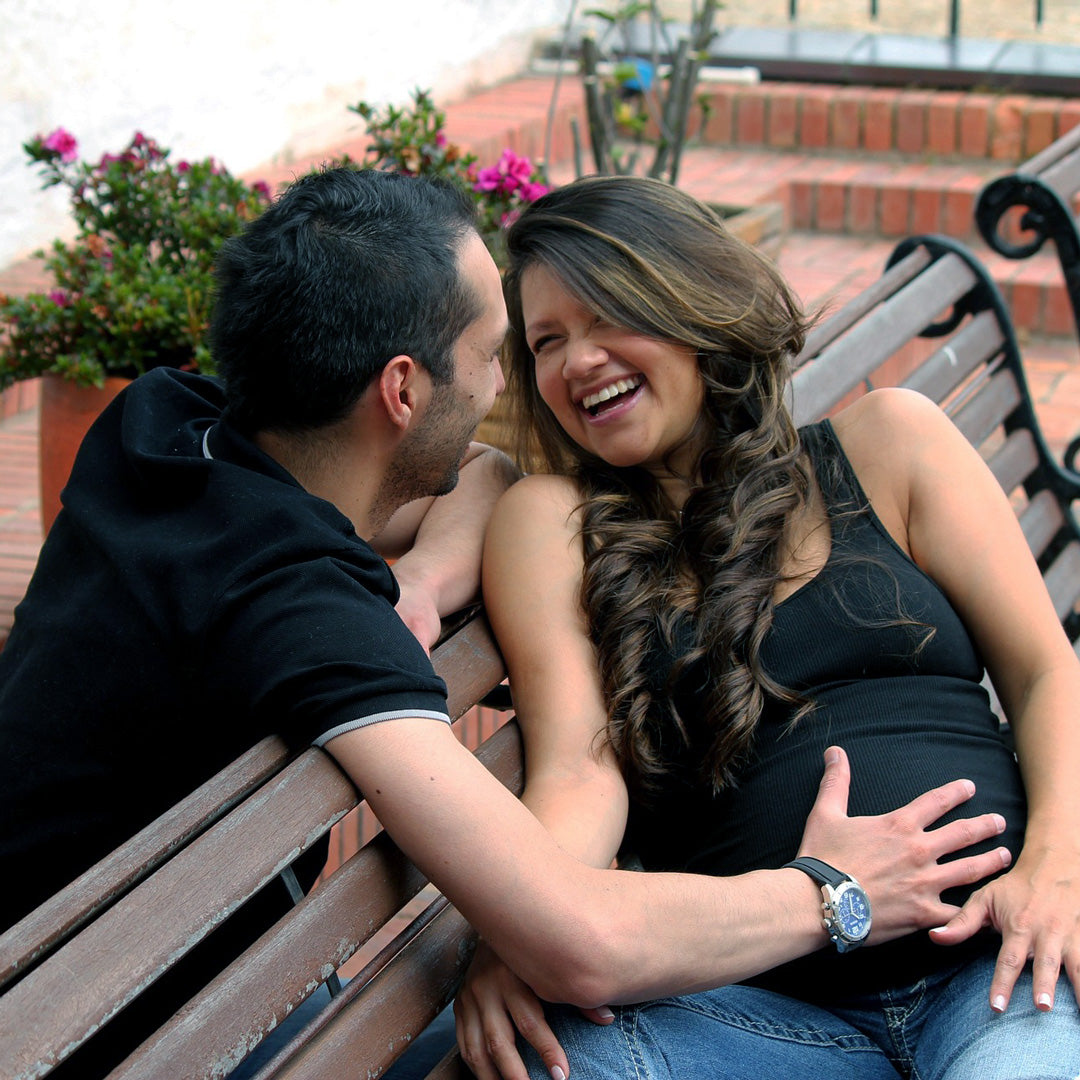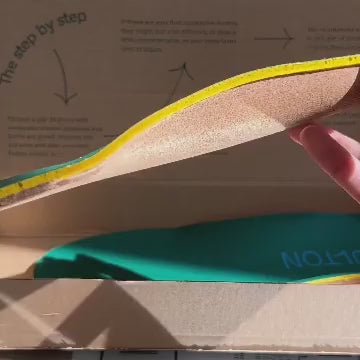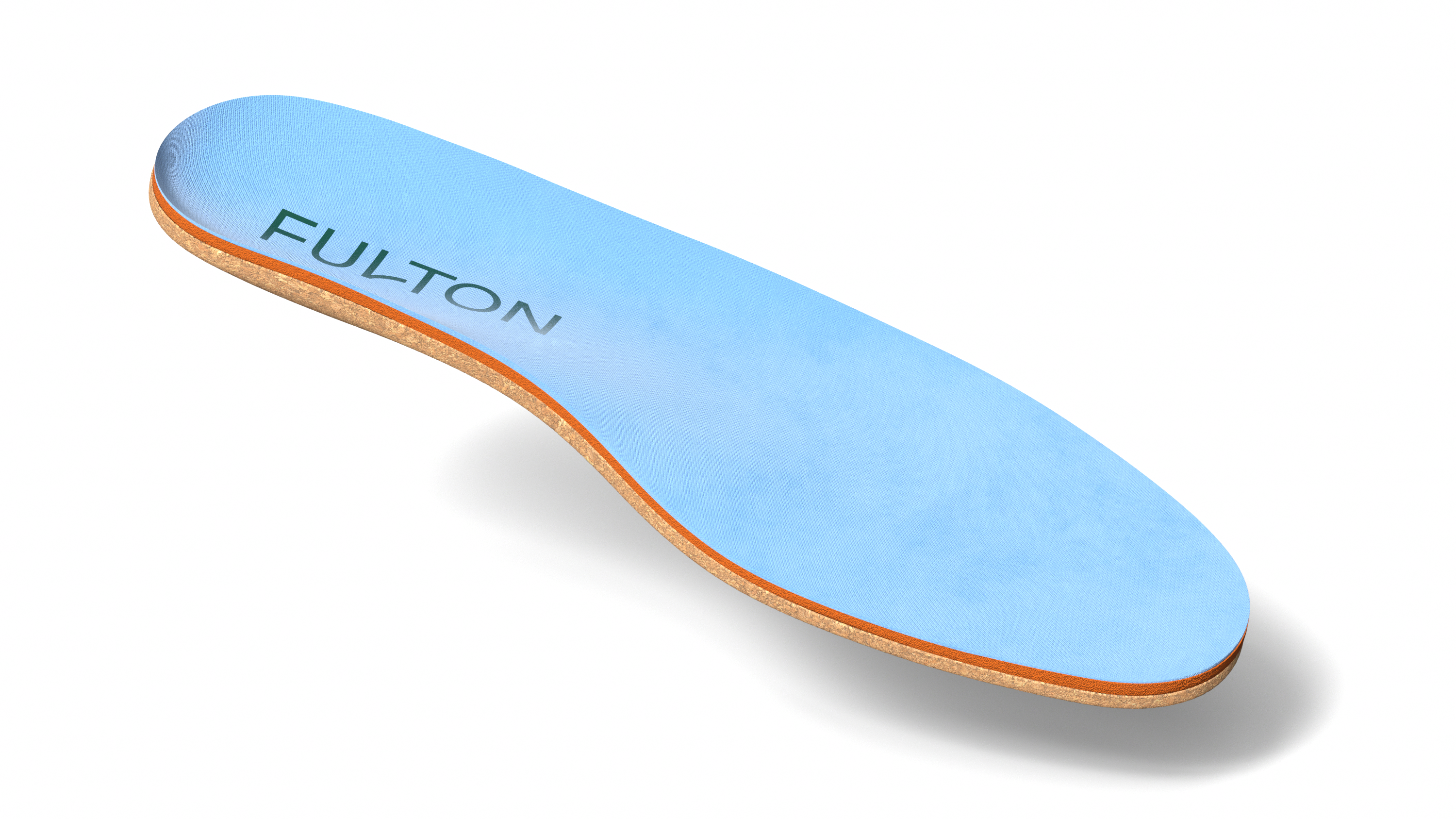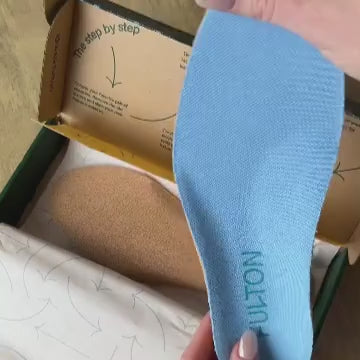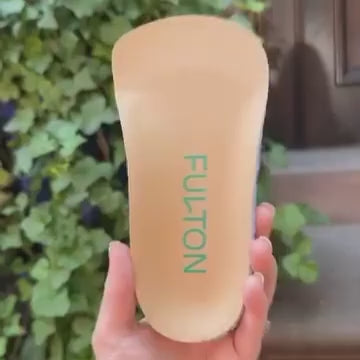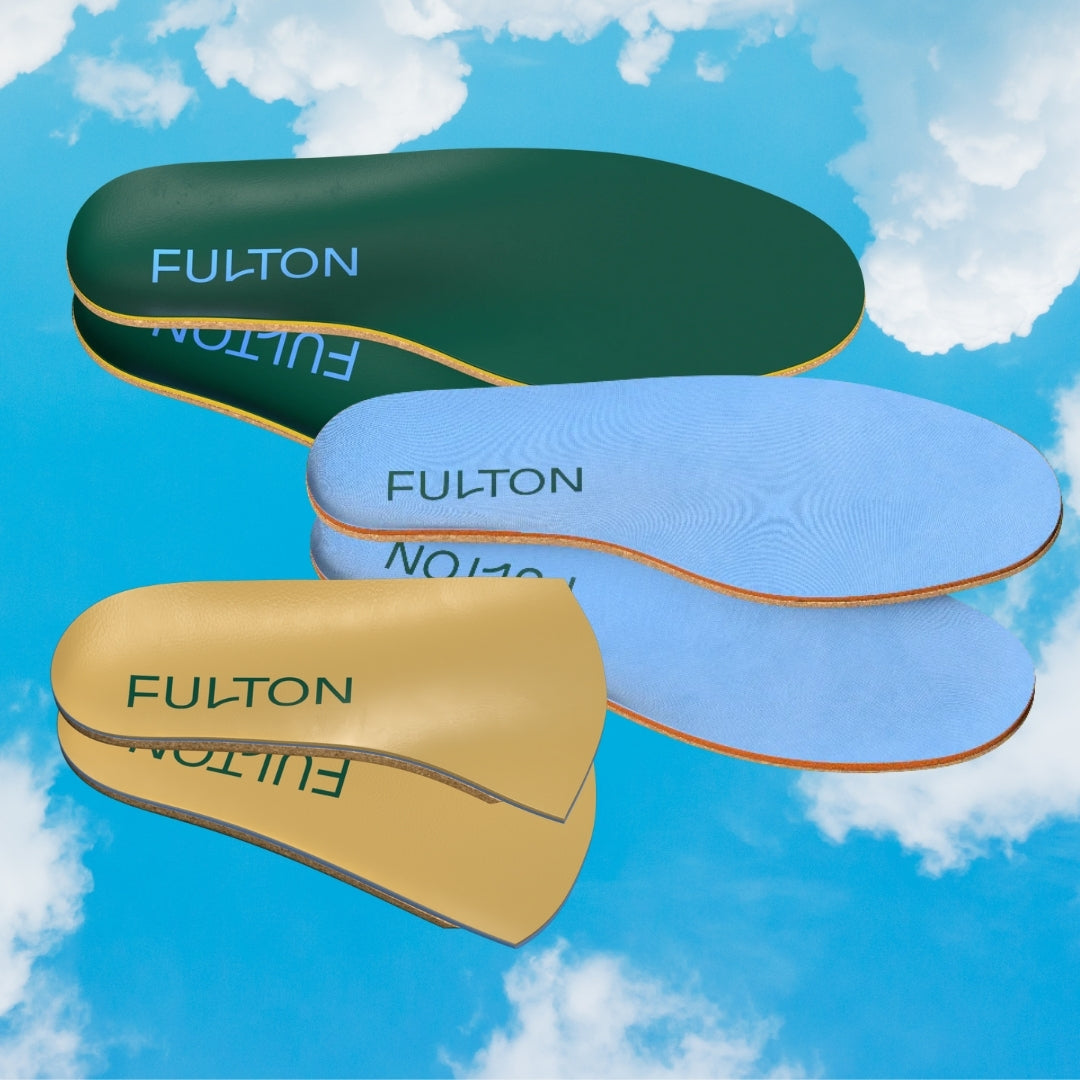Why Do People Go Barefoot?
Whether to go shoeless indoors is a widely debated topic, with sanitation, comfort, and foot health being the main focuses.
Cleanliness
Many people worry about tracking grime on the bottom of shoes into the house. While some people will opt for slippers at home, going barefoot appeals to individuals who’d rather not deal with more footwear as they settle in for the evening.
Unrestricted Relaxation
We can’t stress enough the importance of wearing shoes that fit properly to maximize comfort while reducing the risk of developing various foot conditions. However, walking long distances and standing for long periods might cause foot pain or fatigue, even while wearing the most comfortable shoes. Going shoeless makes it easier to freely stretch out and move your toes after long periods of having your feet enclosed.
Remote Worker Convenience
The COVID-19 pandemic has changed many people’s daily routines. Working from home presents the opportunity to dress more comfortably, which often includes slipping off your shoes under your desk—or skipping footwear entirely.
Sensory Preferences
The sensation of walking on different indoor and outdoor surfaces barefoot can be appealing. The feeling of walking on soft carpeting or a cool tile floor at home or running on a sandy beach or through soft grass isn’t quite the same when wearing shoes.
Physical and Therapeutic Benefits of Walking Barefoot
We have plenty of reasons to champion going shoeless, but is walking barefoot good for you? It can be! Here’s how your feet can enhance your full-body wellness.
Activate Rarely Used Foot Muscles
Did you know we have more than two dozen muscles in our feet? While some effortlessly keep us in motion, others stand by and watch them work. Short flexor, interosseous, and lumbrical muscles rarely get much use while wearing shoes. Shoe cushioning and structure keep these muscles stationary—but walking barefoot helps strengthen them, which can lead to better balance.
Improve Your Gait
Going shoeless can improve your foot shape and walking ability. People who wear shoes more often typically have narrower feet and lengthier strides than their barefoot counterparts. The differences give barefoot enthusiasts an advantage, decreasing pressure during the gait cycle phases.
Elevate Your Mood
Walking barefoot puts less physical pressure on your feet. Walking barefoot outside can enhance your grounding practice, or activities that connect your body and mind to your environment. Standing barefoot—especially in nature—cultivates this powerful connection, enabling you to shake off negative emotions, like fear and anxiety.
How to Keep Your Feet Safe While Shoeless
Eliminate Potential Hazards
Everyone has tripped over their kids’ or pet’s playthings or stubbed their toe on a chair or table at some point. To avoid injury and potential infection, it’s best to keep small or sharp that could scrape or cut your feet off the ground. Move furniture away from areas where you make sharp turns. The proper placement reduces the risk of bumping into furniture while barefoot.
Creating an obstacle-free zone is particularly important for people with diabetes, as they are susceptible to foot injuries and slower healing times.
Find the Right Balance
Theoretically, you could go shoeless all the time, but it doesn’t necessarily mean you should. There are convincing reasons to fluctuate between wearing and not wearing your kicks. Going barefoot can lead to wider feet, which can be beneficial for stability. However, going too long without shoes isn’t great for your arches.
Wearing shoes provides proper arch support, reducing the risk of misalignment that negatively affects gait and causes pain in the lower half of the body.
Dismissing shoes frequently affects pronation—or a foot’s range of motion inward while walking. Walking barefoot can lead to overpronation, meaning feet roll inward too much when moving. Wearing shoes prevents overpronation as well as supination—or the feet rolling outward—and the associated challenges.
Fulton’s cork insoles are a practical, comfortable choice for foot support in both casual and athletic shoes. Spend all day on your feet without worrying about how your shoes feel.


